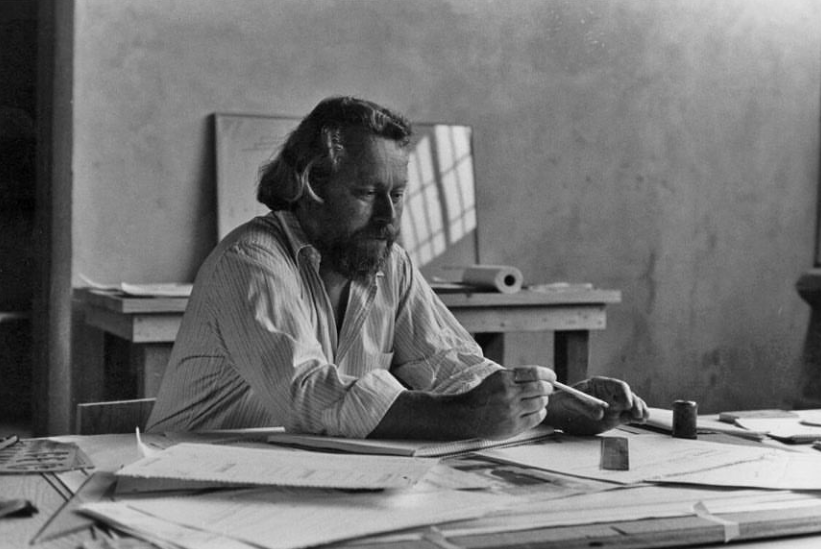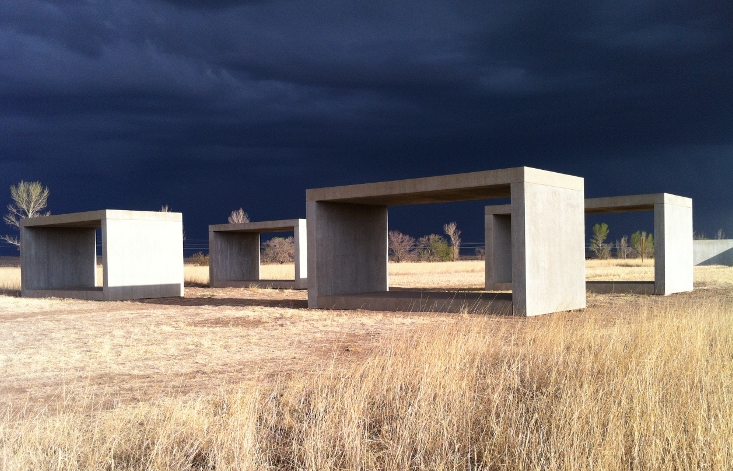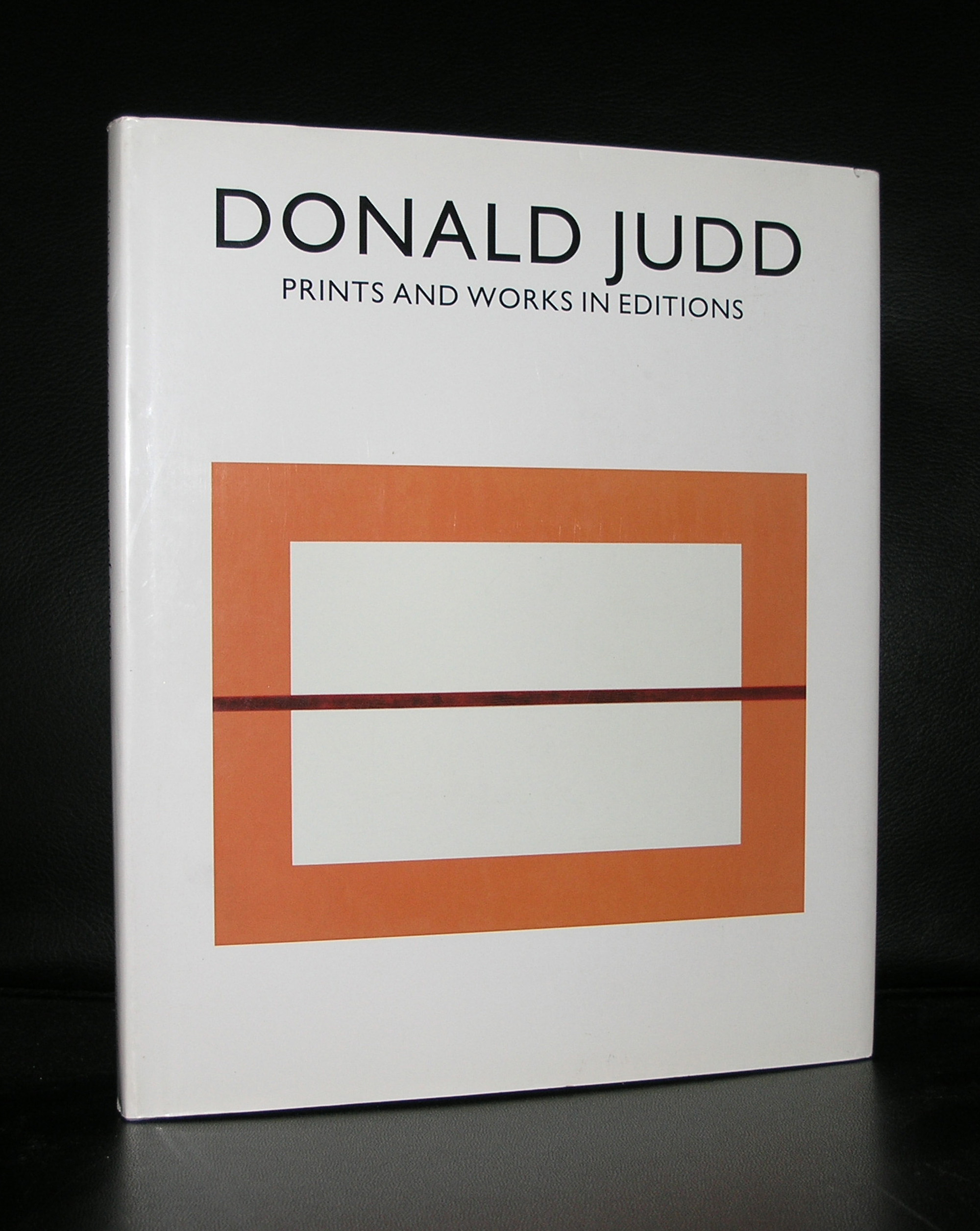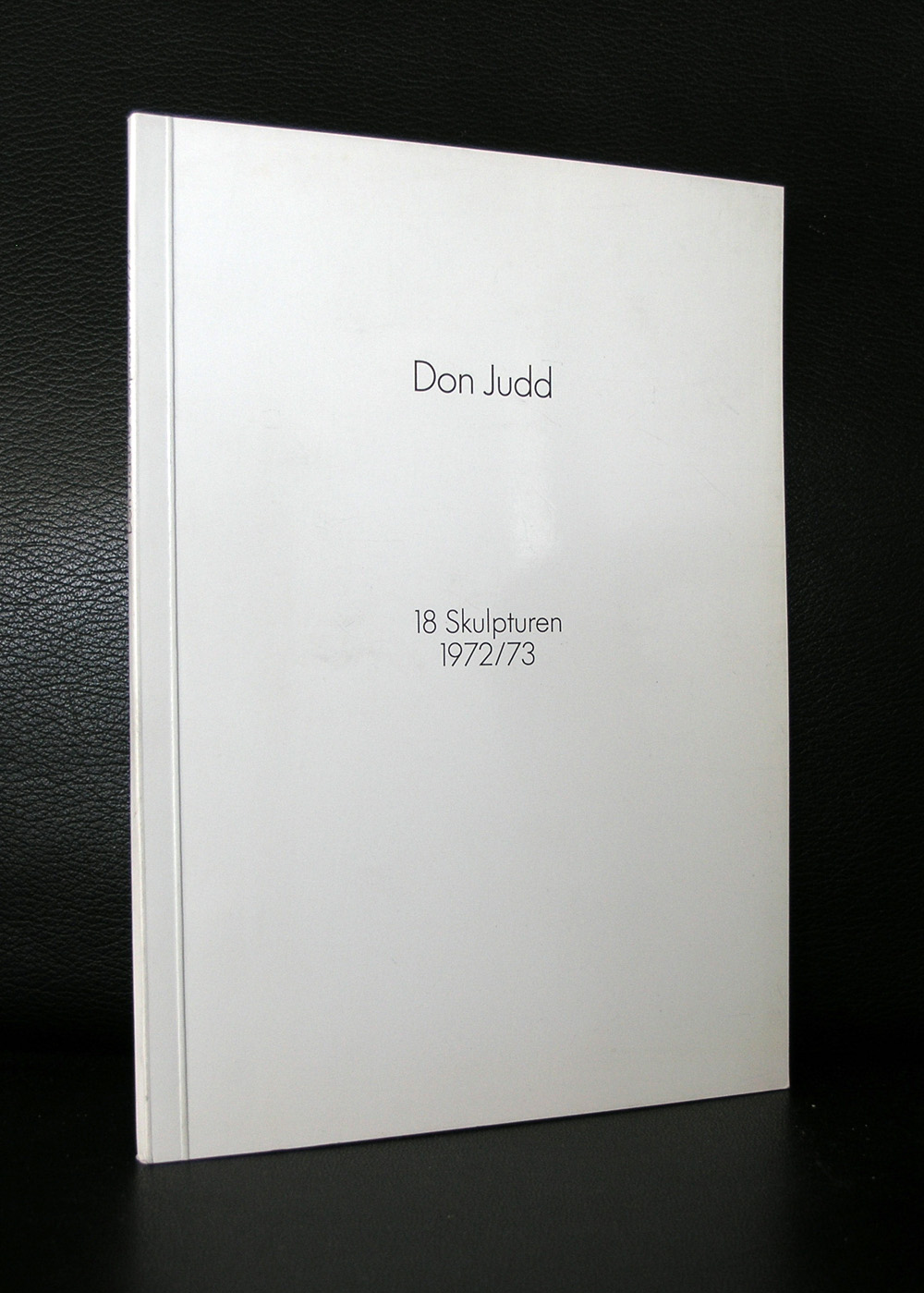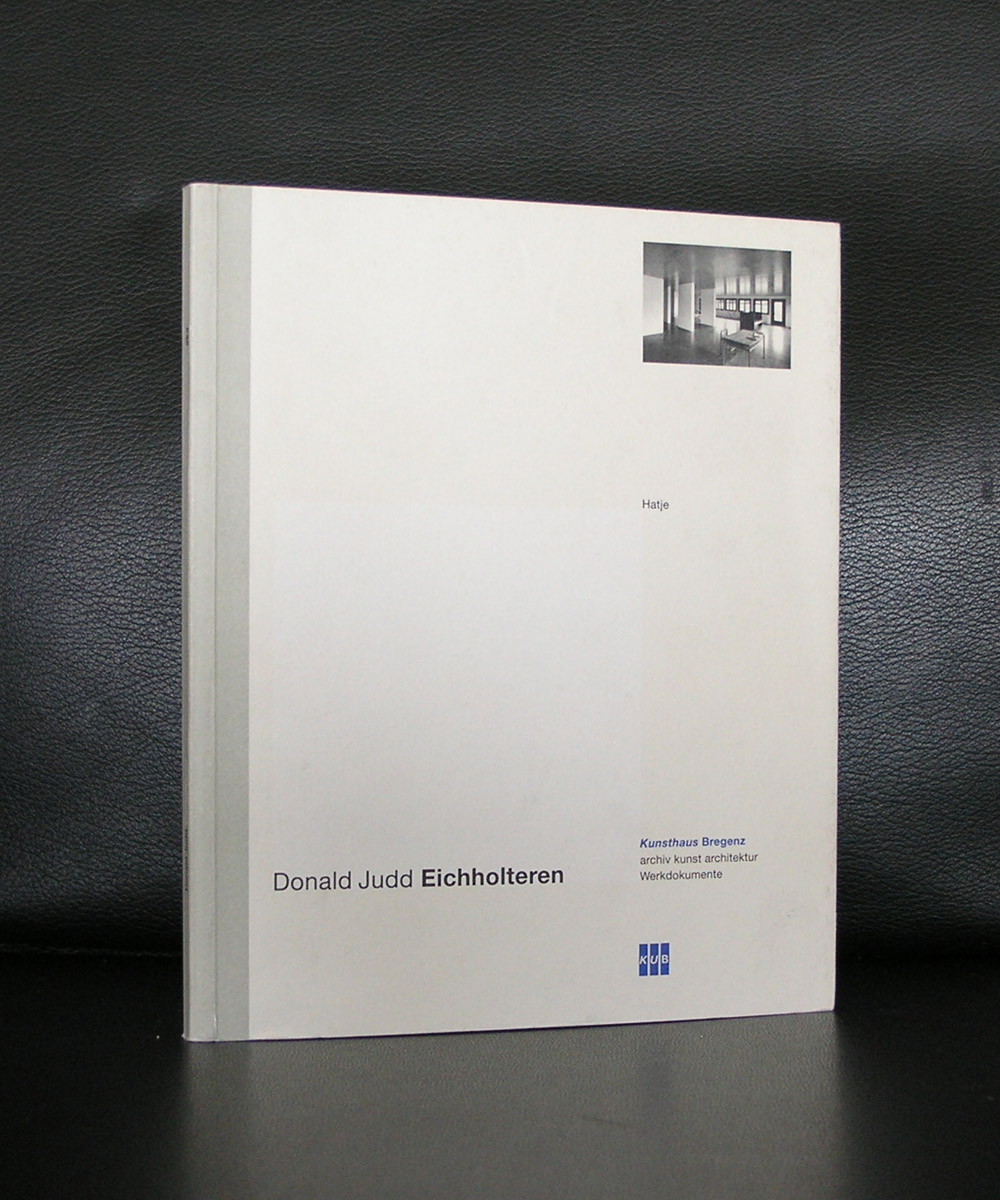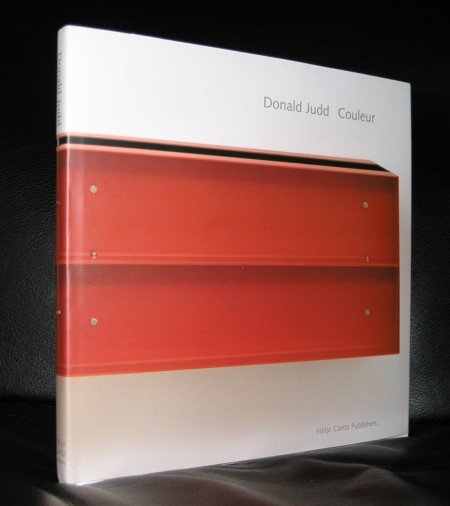
I first encountered the paintings by Ray Smith in 1992 at the Barbara Farber gallery, which catalogue is also available at www.ftn-books.com. These paintings are intense and “Rock and Roll”. Ray Smith could easily be seen as the child of Picasso and Frida Kahlo.

He is a contemporary American artist, best known for his segmented paintings and sculptures combining elements of Cubism, printmaking, art historical reference, and collage into postmodern compositions. Often relating to Surrealism in his unreal juxtapositions, Smith’s work is also characterized by a unique kind of magical realism. He frequently utilizes anthropomorphic animals in his work in a manner akin to Pablo Picasso’s Guernica, stating about the creatures in his work: “They are beasts, but they are directly attached to a blueprint of our own existence.” Born in 1959 in Brownsville, TX on family land that was part of Mexico before the Texas Annexation, Smith grew up in Central Mexico, and continued to retain a cultural and geographic tie to the country. After attending art schools in both the United and Mexico, Smith ultimately settled in Cuernavaca while continuing to travel regularly to New York. Smith’s work can be found among the collections and exhibition histories of the Whitney Museum of American Art in New York, the Centre Pompidou in Paris, and The Metropolitan Museum of Art in New York.
